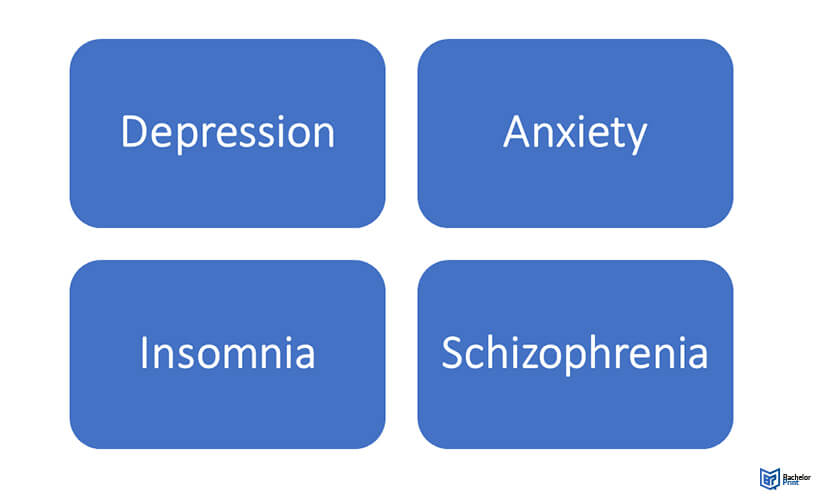
The colon, an important component of language rules, represents one of the most advanced punctuation marks in English. However, its application often poses challenges and leads to frequent misuse, leaving many uncertain of its proper usage. This article aims to demystify the colon by providing a clear definition, addressing common queries surrounding this punctuation mark, elucidating its uses and rules, and distinguishing it from semicolons. Moreover, understanding the correct usage of colons can greatly enhance the clarity and structure of your writing.
Definition: Colons
Colons (:) are punctuation marks that introduce phrases, elaborations, words, quotations, and explanations. Often, independent clauses precede a colon: an independent clause is a sentence that makes sense on its own.
What are the rules for using colons?
There are plenty of rules surrounding the use of punctuation marks in English. Here are some of the rules to keep in mind when using a colon:
Bullet lists
Colons precede bullet lists, for instance:

Introducing extended quotations
Introduce extended quotations with a colon (avoid quotation marks) and single space the indent and quote from the left margin.
Separating a full sentence quote looks like this (remember to start the quote in CAPS):
Formal letters
The salutations of formal or personal letters use a colon. Follow the name of the person you’re writing to with a colon.
The uses of Colons
A colon has three grammatical uses with several non-grammatical uses, as explained below:
Grammatical uses of the colon
The grammatical uses of a colon are:
Introducing a list
When introducing a list, use the colon if the items aren’t incorporated into the sentence’s flow.
Between independent clauses
Use a colon to separate two independent clauses when the second sentence amplifies the first one.
Emphasis
A colon also emphasizes a single word or phrase at the end of a sentence.
Non-grammatical uses of the colon
Non-grammatical use of a colon involves:
| Time: | A colon separates hours and minutes. For example, 2:54 p.m. |
| Ratio: | A colon expresses ratios of two numbers. For example, the percentage of 4:5. |
| Biblical references: | A colon separates biblical verses and chapters, e.g., Psalms 103:14 |
| Correspondence: | A colon is effective in personal and business correspondence e.g.: - Dear Mr. Bromfield - CC: Jane Doe - Attention: Payroll Payment |
| Other references: | A colon separates a volume of pages and cited work, e.g., Punctuation Quarterly 6:108-150 (volume 6 reading from page 108 to 150) |
Colons vs. semicolons
Both colons and semicolons are used between two independent clauses or grammatical sentences. Semicolons only show that the two sentences are related; a colon shows the second sentence amplifies the first.
FAQs
No. You should only use a colon with two complete sentences.
No. A colon amplifies two sentences, while a semicolon shows that two sentences have a relation.
You should avoid using colons before a verb and number and after a preposition.

